For a comprehensive list of publications please visit Google scholar and Researchgate.
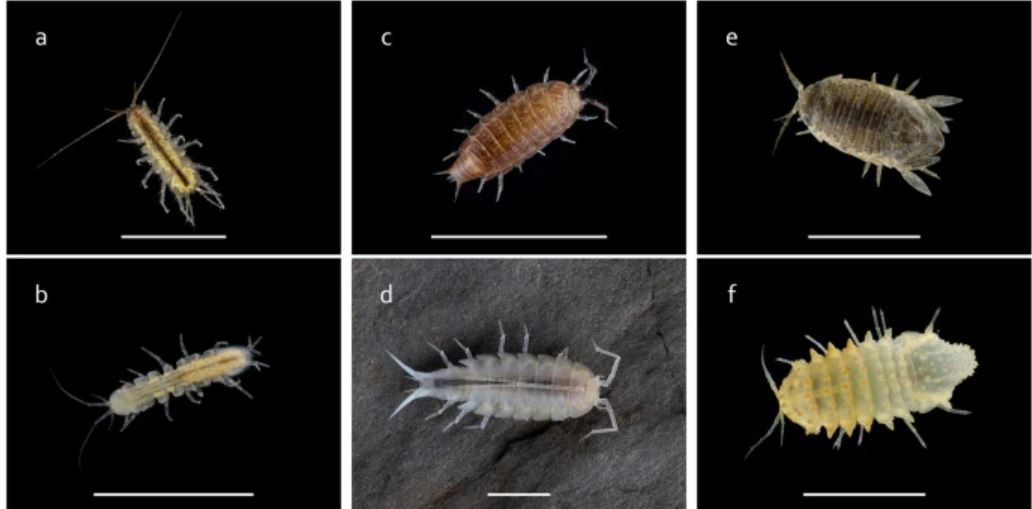
De novo transcriptomes of cave and surface isopod crustaceans: insights from 11 species across three suborders
Jovović L, Bedek J, Malard F, Bilandžija H (2024) De novo transcriptomes of cave and surface isopod crustaceans: insights from 11 species across three suborders. Scientific Data 11: 595.

A practical guide for the husbandry of cave and surface invertebrates as the first step in establishing new model organisms
Lukić, M., Jovović, L., Bedek, J., Grgić, M., Kuharić, N., Rožman, T., Čupić, I., Weck, B., Fong, D. & Bilandžija, H.2024. A practical guide for the husbandry of cave and surface invertebrates as the first step in establishing new model organisms. PLoS ONE 19(4): e0300962. https://doi.org/10.1371/journal.pone.0300962

Telomere length and dynamics in Astyanax mexicanus cave and surface morphs
Lunghi, E. and Bilandžija H. 2024. Telomere length and dynamics in Astyanax mexicanus cave and surface morphs. PeerJ 12:e16957 https://doi.org/10.7717/peerj.16957
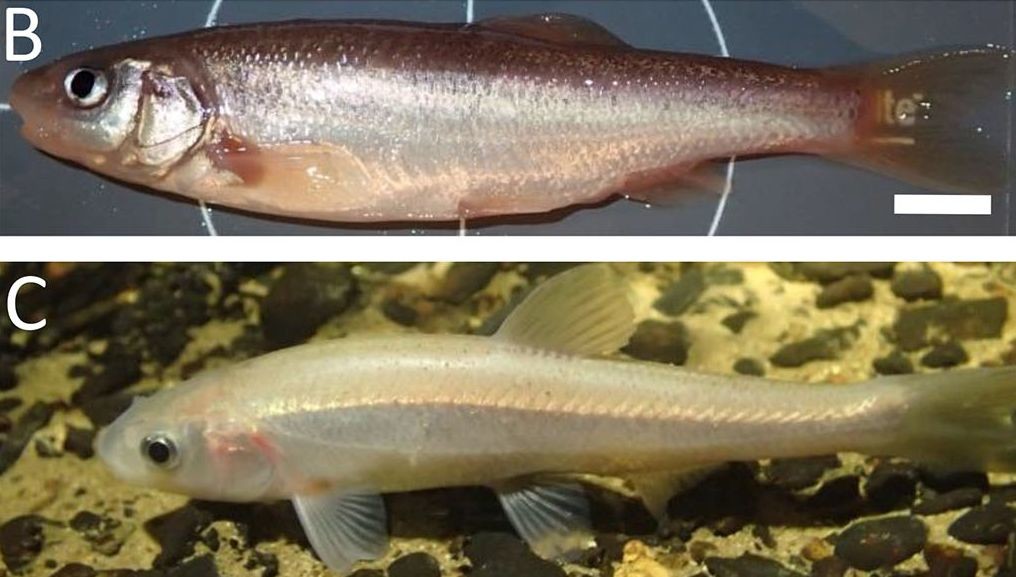
The first cavefish in the Dinaric Karst? Cave colonization made possible by phenotypic plasticity in Telestes karsticus
Čupić, M., Marčić, Z., Lukić, M., Gračan, R. and Bilandžija, H., 2023. The first cavefish in the Dinaric Karst? Cave colonization made possible by phenotypic plasticity in Telestes karsticus. Zoological Research, 44(4), p.821. DOI: 0.24272/j.issn.2095-8137.2022.528

Longevity in Cave Animals
Lunghi, E. and Bilandžija, H. 2022. Longevity in Cave Animals. Frontiers in Ecology and Evolution. 10:874123. doi: 10.3389/fevo.2022.874123
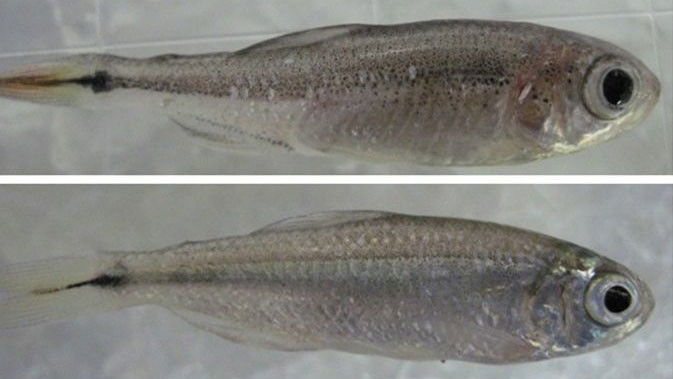
Phenotypic plasticity as a mechanism of cave colonization and adaptation
Bilandžija, H., Hollifield, B., Steck, M., Meng, G., Ng, M., Koch, A.D., Gračan, R., Ćetković, H., Porter, M.L., Renner, K.J. and Jeffery, W.R., 2020. Phenotypic plasticity as a mechanism of cave colonization and adaptation. eLife 9:e51830 DOI: 10.7554/eLife.51830.
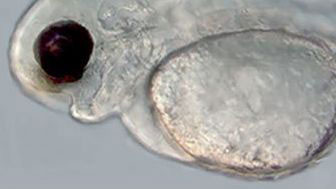
Behavioural changes controlled by catecholaminergic systems explain recurrent loss of pigmentation in cavefish
Bilandžija, H., Abraham, L., Ma, L., Renner, K.J. and Jeffery, W.R., 2018. Behavioural changes controlled by catecholaminergic systems explain recurrent loss of pigmentation in cavefish. Proceedings of the Royal Society B: Biological Sciences, 285(1878), p.20180243.
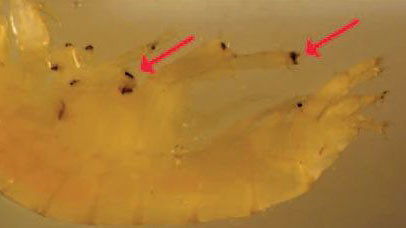
Melanization in response to wounding is ancestral in arthropods and conserved in albino cave species
Bilandžija, H., Laslo, M., Porter, M.L. and Fong, D.W., 2017. Melanization in response to wounding is ancestral in arthropods and conserved in albino cave species. Scientific reports, 7(1), pp.1-11.
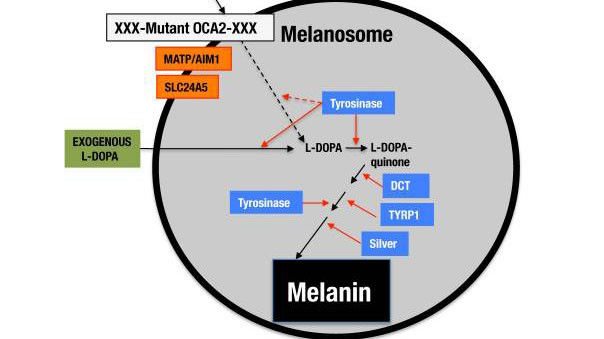
A Potential Benefit of Albinism in Astyanax Cavefish: Downregulation of the oca2 Gene Increases Tyrosine and Catecholamine Levels as an Alternative to Melanin Synthesis
Bilandžija, H., Ma, L., Parkhurst, A. and Jeffery, W.R., 2013. A potential benefit of albinism in Astyanax cavefish: downregulation of the oca2 gene increases tyrosine and catecholamine levels as an alternative to melanin synthesis. PLoS One, 8(11).
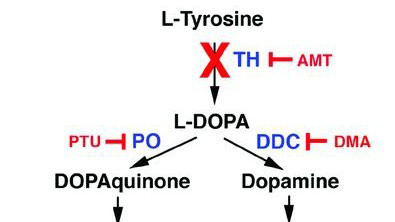
Evolution of albinism in cave planthoppers by a convergent defect in the first step of melanin biosynthesis
Bilandžija, H., Ćetković, H. and Jeffery, W.R., 2012. Evolution of albinism in cave planthoppers by a convergent defect in the first step of melanin biosynthesis. Evolution & development, 14(2), pp.196-203.